Italian American Historical Artistic MuseumSilvio Barile (1938 - 2019)
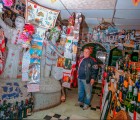


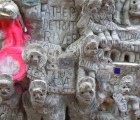
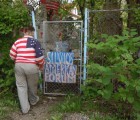

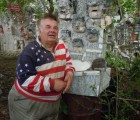


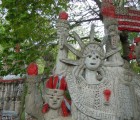
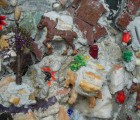

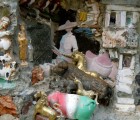
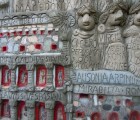


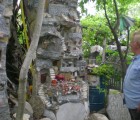



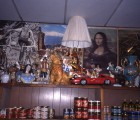



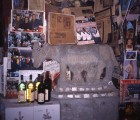
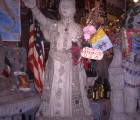
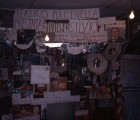
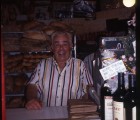

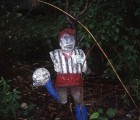

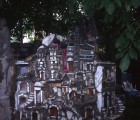
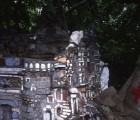




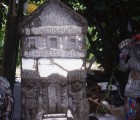



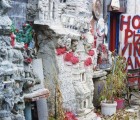
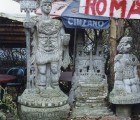

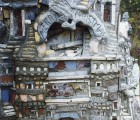
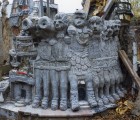
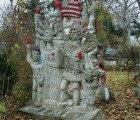

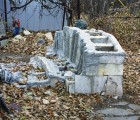








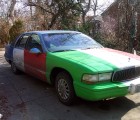






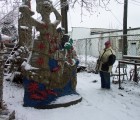

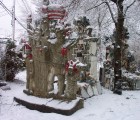

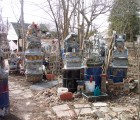


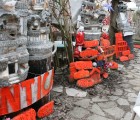



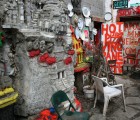
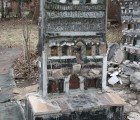
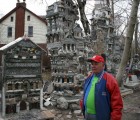

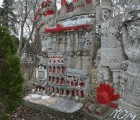



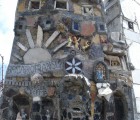

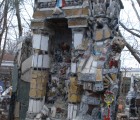
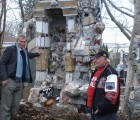
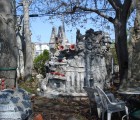
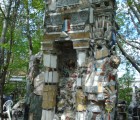

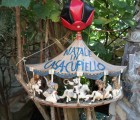



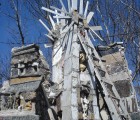
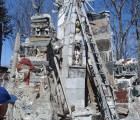



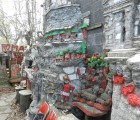
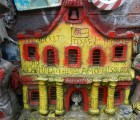





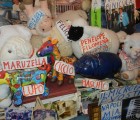
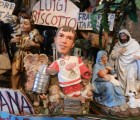

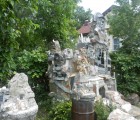


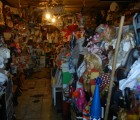












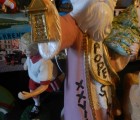

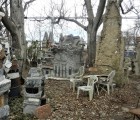
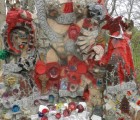

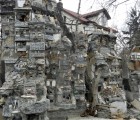
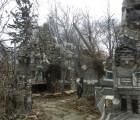
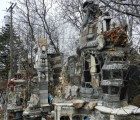

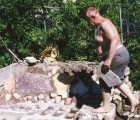


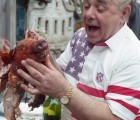
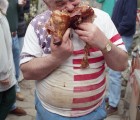

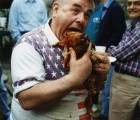

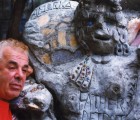

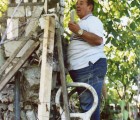
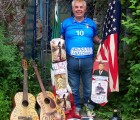



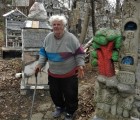


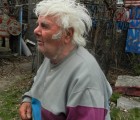






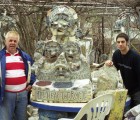

Non Extant
26417 Plymouth Road, Redford Charter Township, 48239, United States
The site was demolished by the Barile family November 2020.
About the Artist/Site
Silvio Luigi Barile was born in Ausonia, Italy (a small province located between Rome and Naples) on December 26, 1938, to parents Antonio and Ida Barile. An Italian World War II refugee, he and his family immigrated to the United States in 1954 and in 1960 settled in Michigan. He apprenticed at a local bakery and then, to honor the food of his homeland, opened his own place – Silvio’s Rita Pizzeria – a pizzeria and pastry shop on Plymouth Road in Redford Township. He was known affectionately in the community for his homemade bread, pizza, pepperoni rolls, and cannolis. As the years passed, Barile felt the urge to create a museum that would celebrate both his native homeland of Italy and his new adopted homeland of America.
As a boy, he made trucks from the naturally-occurring clay around his home, so he felt comfortable with the process of creation. He gradually began embellishing his shop, covering the interior walls with murals, photos, and postcards of such iconic Italian imagery as statues of Julius Caesar, Roman ruins, Renaissance-era paintings, olive trees, and Italian and American pop culture figures. In addition to the two-dimensional adornments, he also began to fabricate large-scale statues depicting events and characters renowned in Italian and American history. His sculptures slowly began to fill the pizzeria, then the patio behind it, then the acre of woodland behind the patio.
Parked outside was his Buick, painted in the colors of the American and Italian flags, easily recognizable with his "Italian Stallion" license plate. He proudly shared the stories about his art with his customers, some of who came from far beyond Redford Township to view his growing museum. The museum took on enhanced importance after 2002, when the pizzeria was closed for health code violations, although Barile was able to continue to sell packaged liquor and other goods. By this time he was collecting Social Security so was able to maintain his standard of living, although he was unhappy about having to close the pizzeria and continued to complain about the health department and their inspectors.
As visitors exit the pizzeria onto the back patio, the sculptures and statues, afforded more room than in the small shop, increase in size. Constructed on an infrastructure of steel rods covered in concrete, marble, and various found objects including glass and colorful pebbles, they include homages to such architectural icons as the Texas Alamo, painted yellow; a leaning tower (looking like that of Pisa but labeled as the Leaning Tower of Detroit); and a Roman triumphal arch. There are also notable figures, both those of legend or myth as well as contemporary celebrities including soccer/football players, the Statue of Liberty, Julius Caesar, the Virgin Mary and various religious figures, George Bush, an American Indian with feather headdress representing the Detroit Tigers, and many famous Italians. The Fabulos [sic] American Venus, Mars, Cupid, and Baby Aeneas, six feet wide and five feet deep, rises above the patio; it took two years to construct and weighs several tons. Intended as a gift to the American people, who have no Venus of their own, it is only one example of Barile’s efforts to share some of the best of Italy with his American “paisanose.” All of the statuary is neatly inscribed with Roman-style capital letters, identifying their subjects and often annotating the artist’s feelings about their importance and influence.
In the woods behind the patio is "Silvio's American Forum,” featuring a series of trails adorned with memorials and sculptures, some towering up to 25 feet high. Barile said he was inspired to build to enrich what, in his view, were culturally deprived and lowbrow Americans with the Italian language, literature, philosophy, morality, and Christianity that was so central to his life and work. Not only intended for Americans, however, he wanted Italians to appreciate that “There is much more than just making spaghetti, mostaccioli, and pizza. Much more than materialismo. They have literature, Cicero, and art.” *
"I build because I want to help America," said Silvio. "I want to make America better.”**
Silvio Luigi Barile, Sr. passed away on February 16, 2019 at the age of 80 years old. As of this writing (February 2019), the site remains extant, although its future is uncertain. While the family would like to retain the environment in memory of its creator, questions about ongoing maintenance and financial considerations are of concern.
~Jen Balge and Jo Farb Hernández, 2019
*Quoted in Steve Darson, “More than Materialismo,” Raw Vision 56 (Autumn 2006): 46.
** Quoted in “Silvio’s Italian American Historical Artistic Museum, Roadside Americana. https://www.roadsideamerica.com/story/15657.
Update: The site was demolished by the Barile family November 2020. Several sculptures may have been saved and/or purchased by individual collectors.
Contributors
Materials
steel, concrete, marble, glass, pebbles
Map & Site Information
26417 Plymouth Road, 48239
us
Latitude/Longitude: 42.3702381 / -83.3025474
Nearby Environments




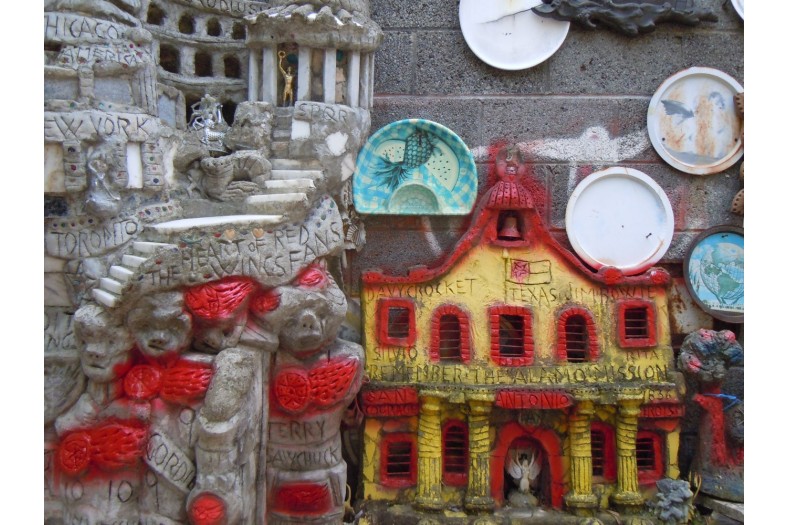
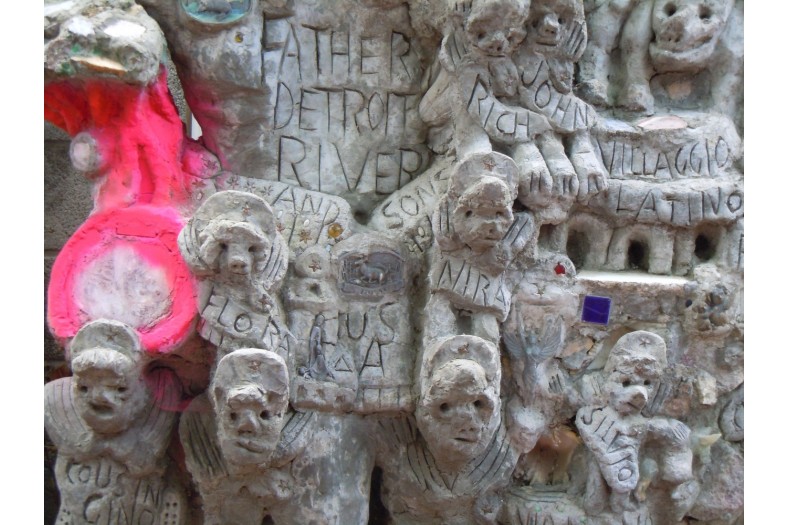
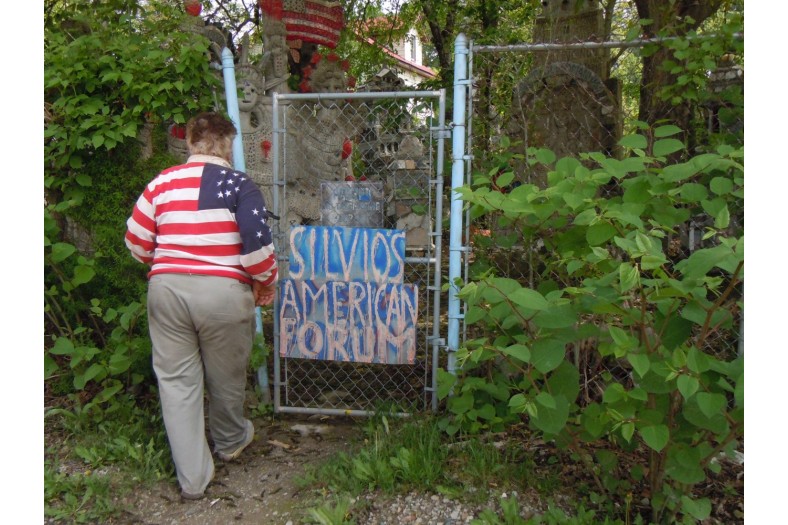


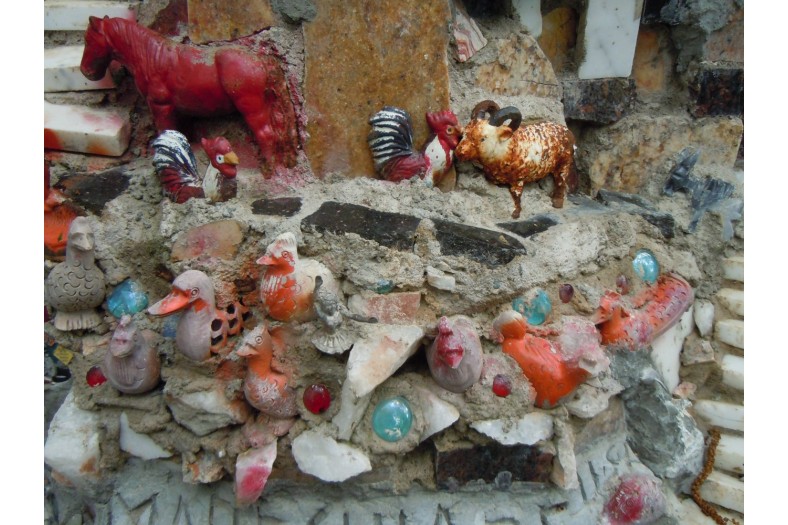
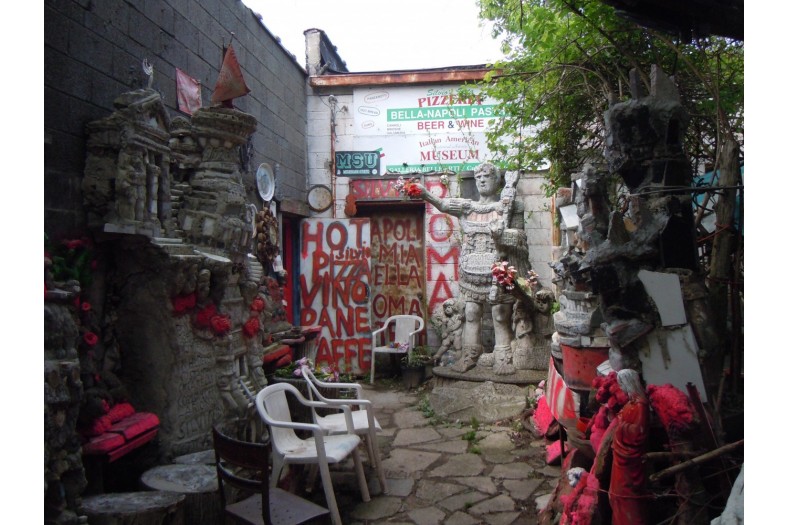
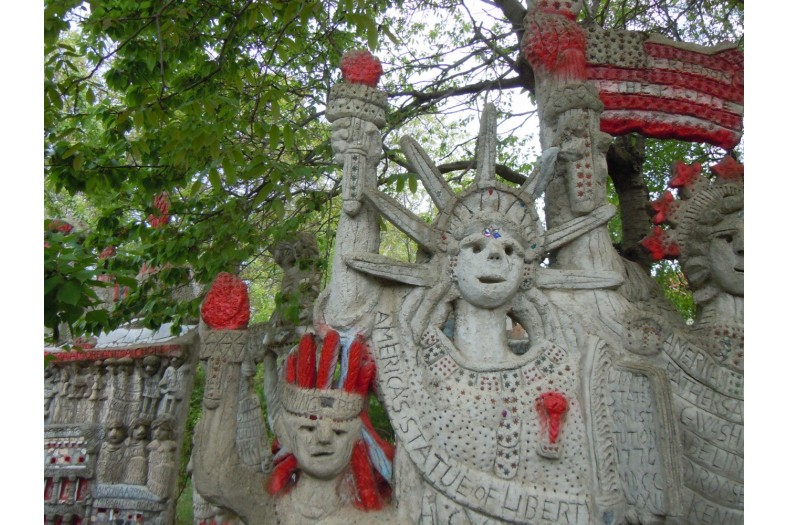


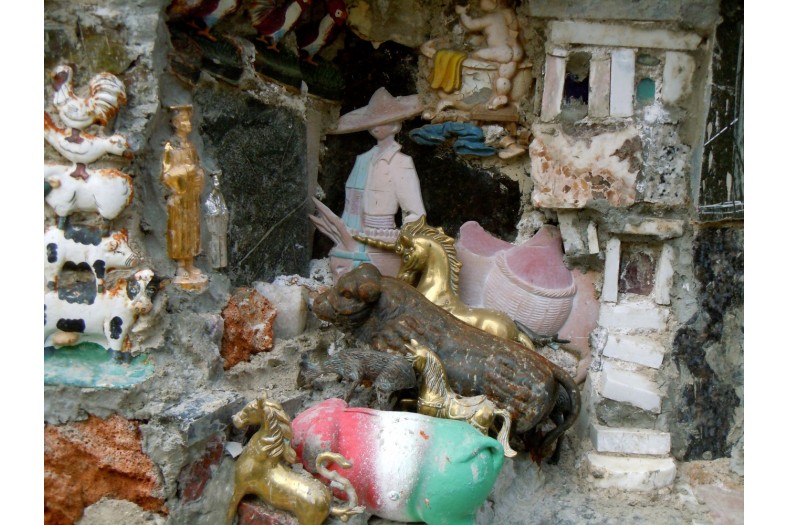

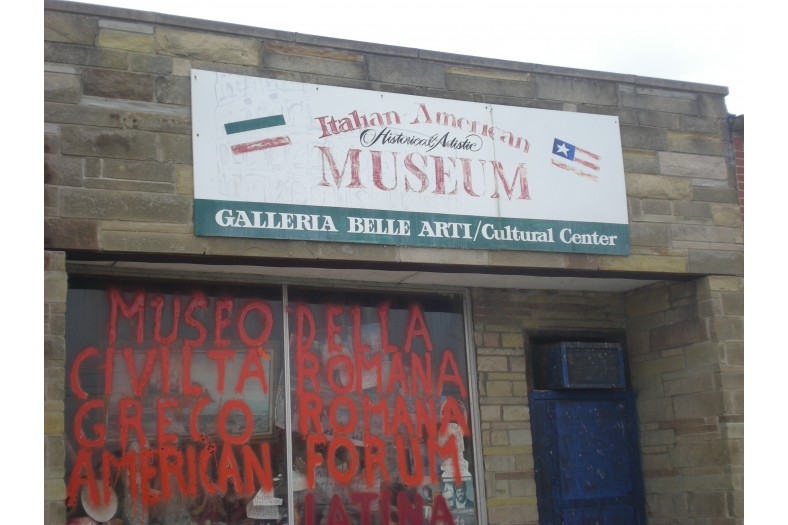
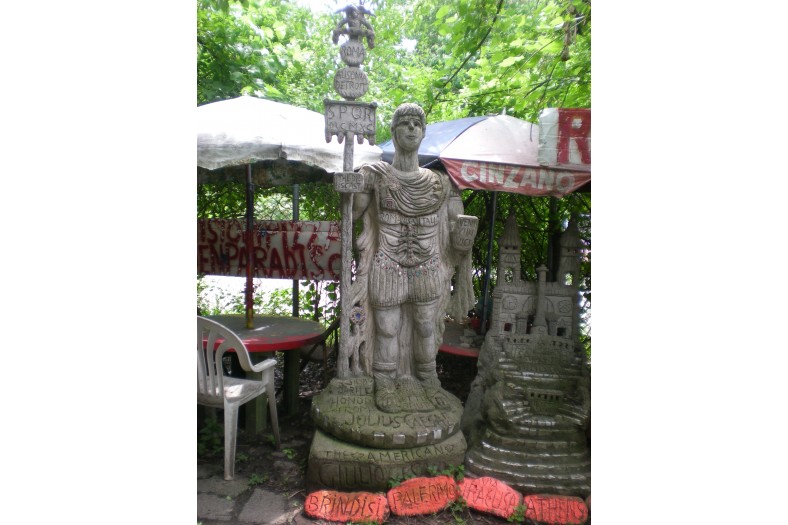
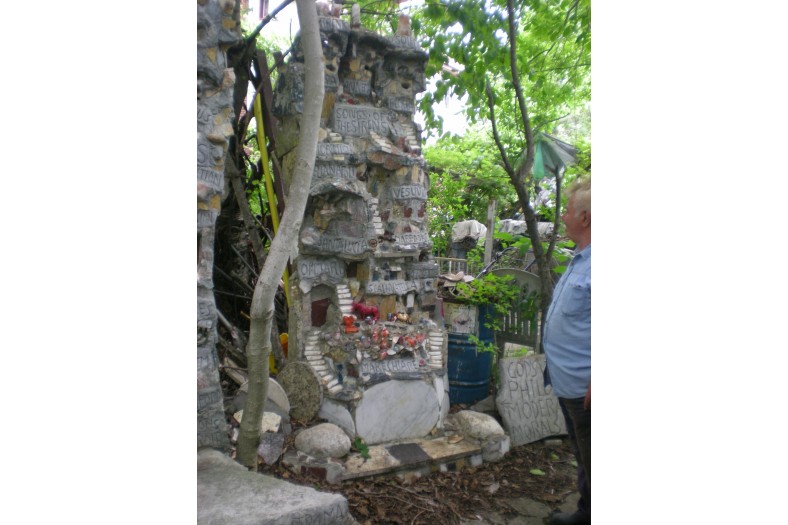
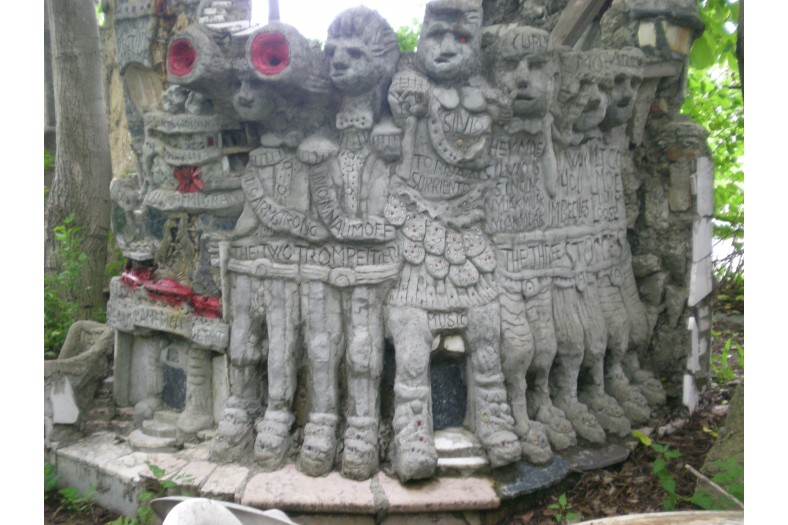


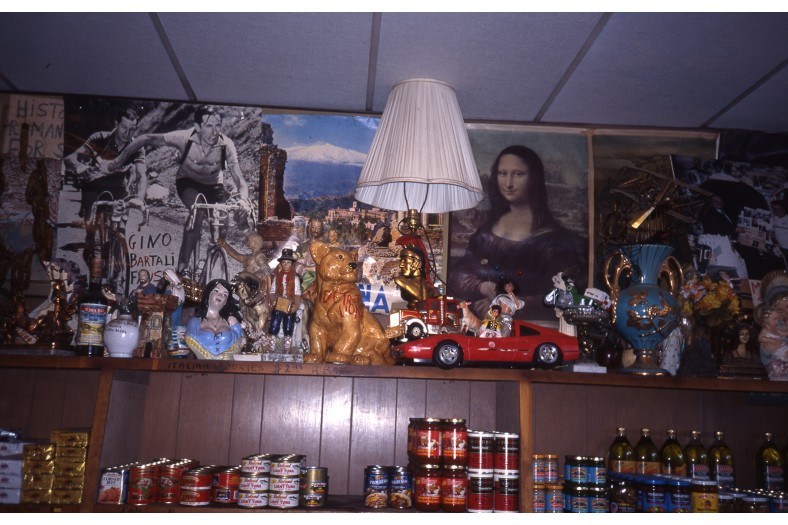

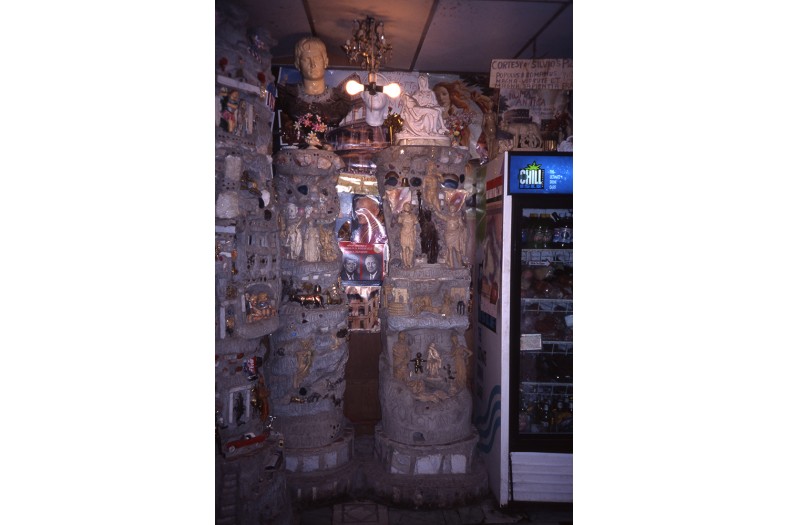
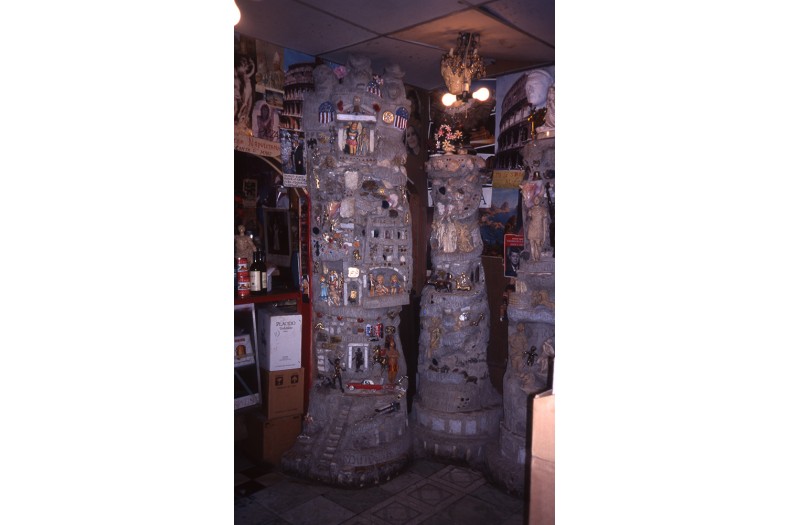



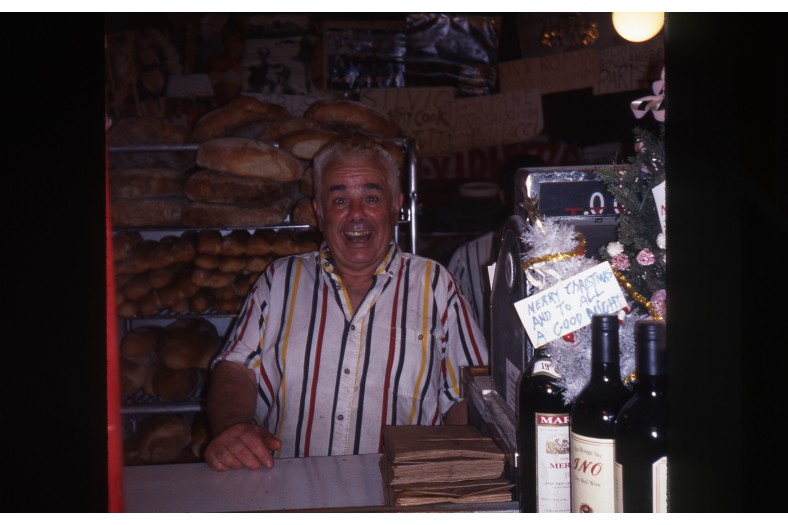


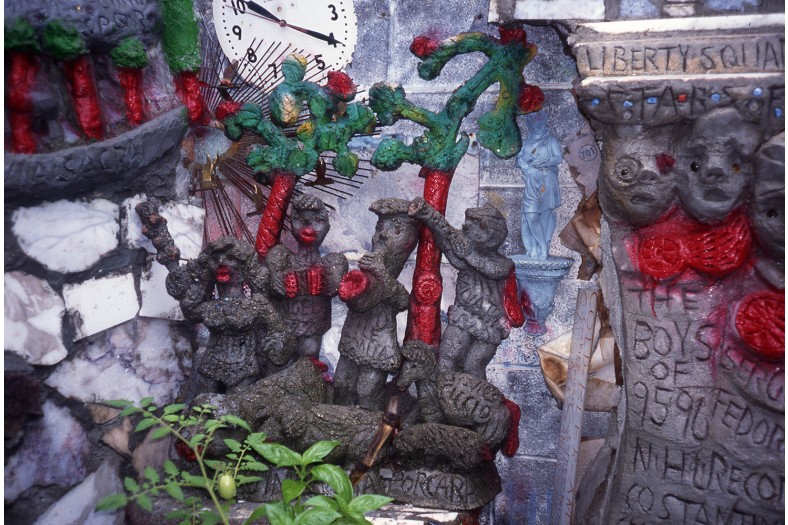
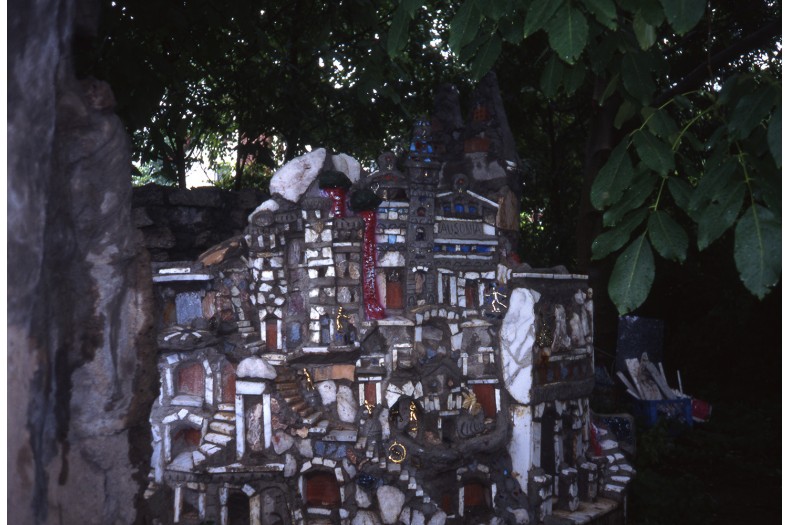













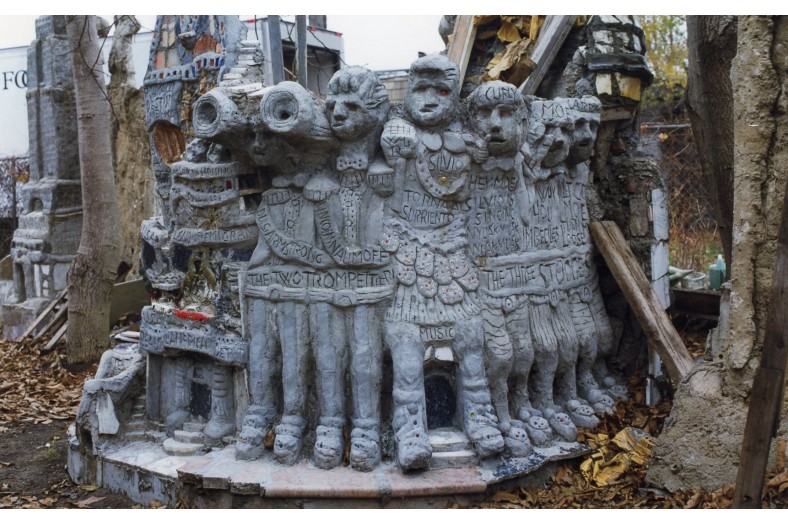
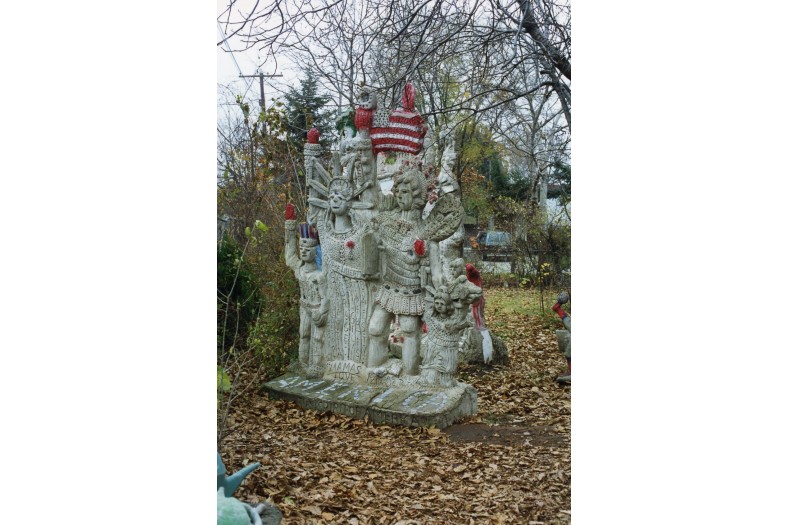
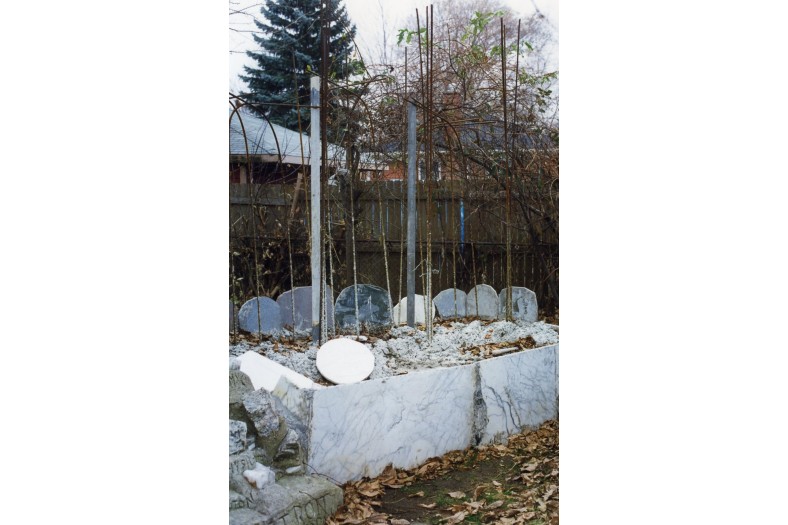

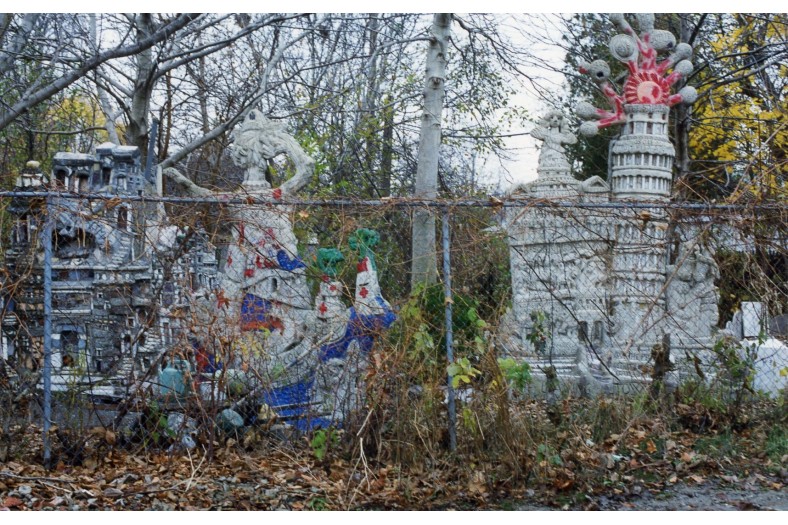

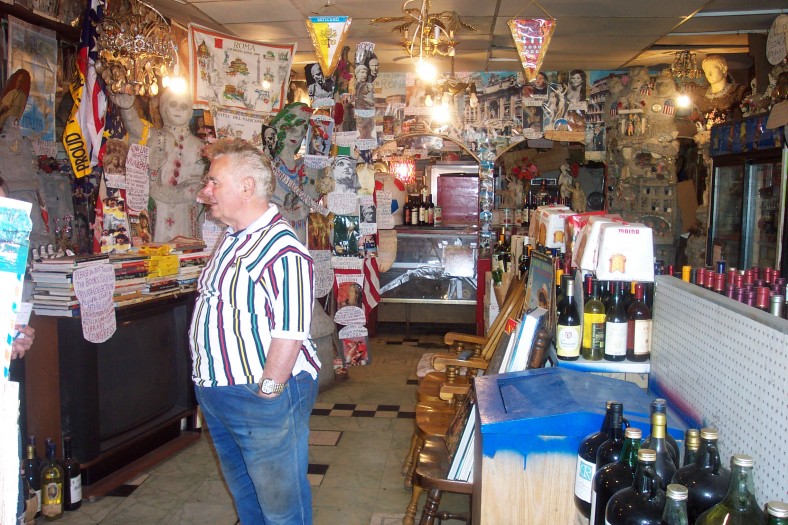

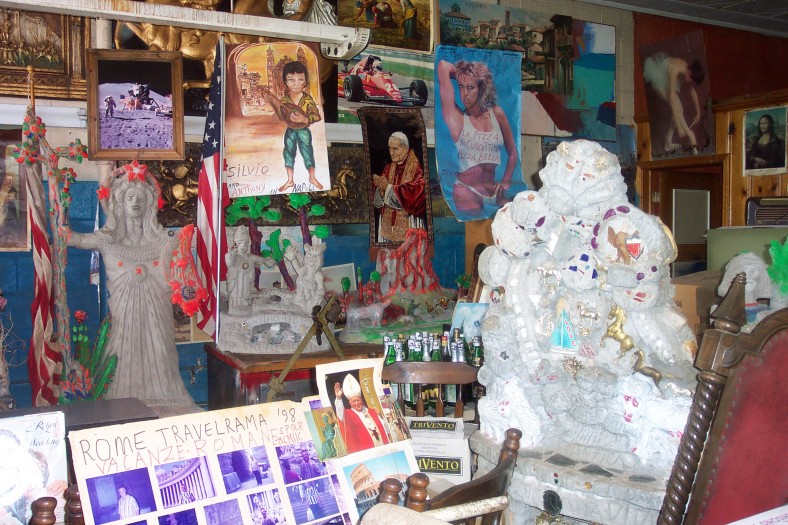
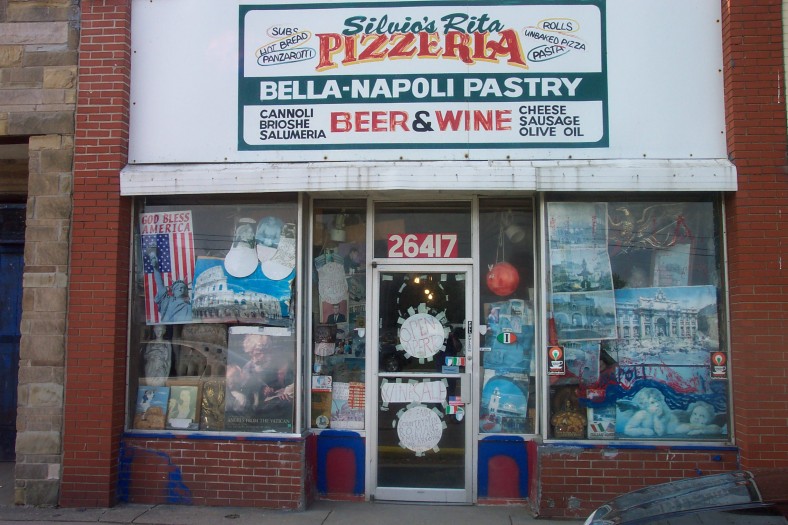




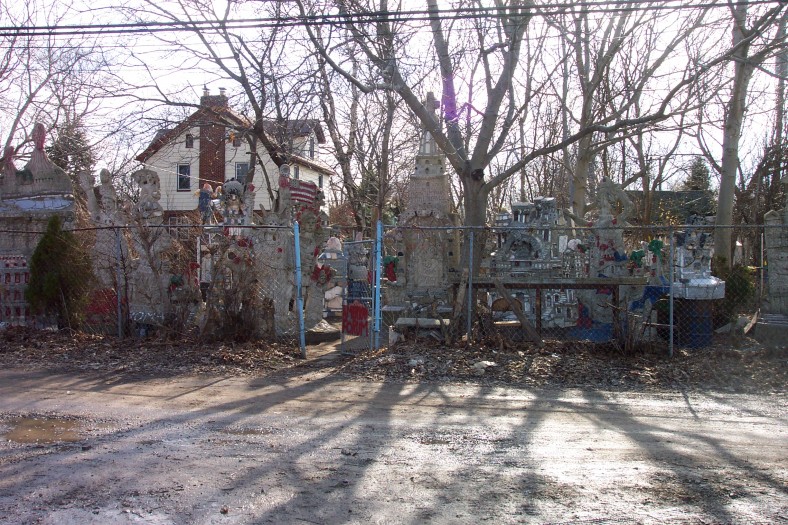


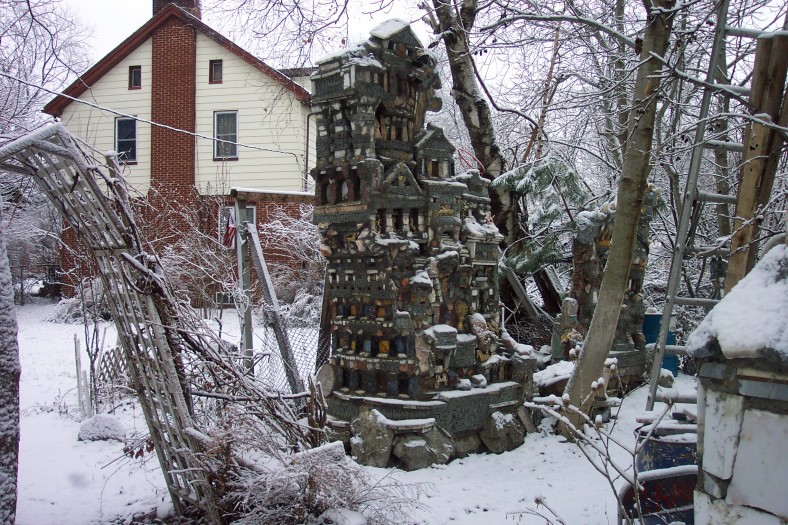

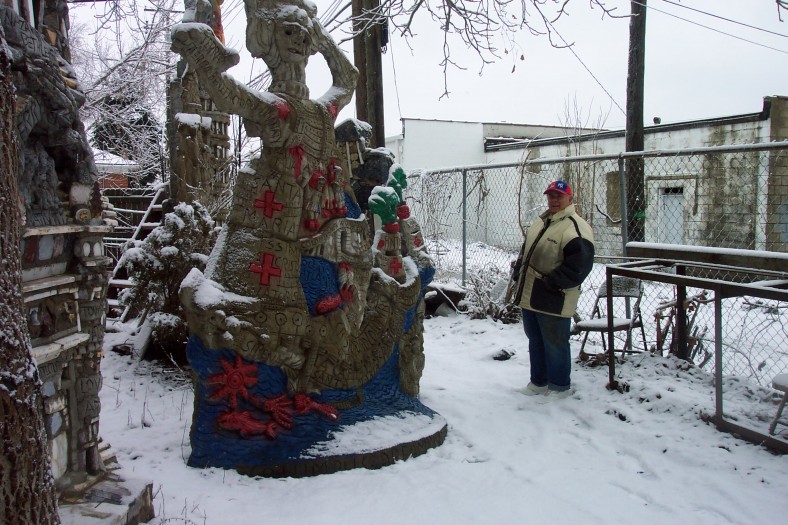

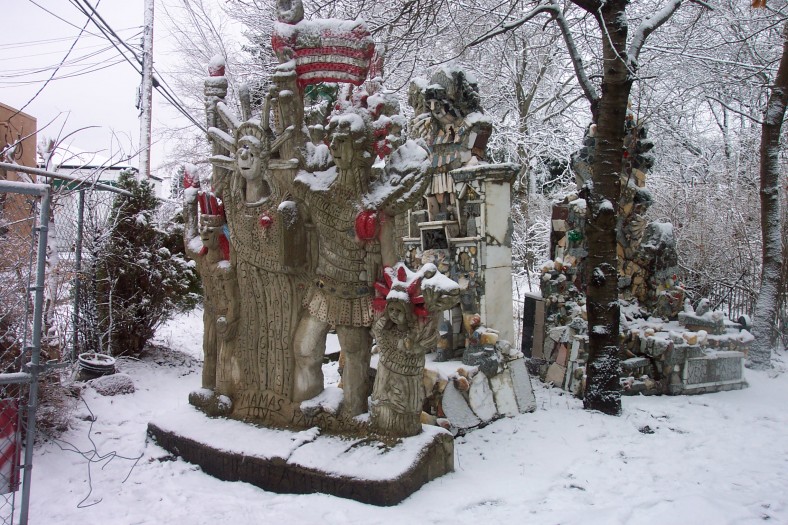
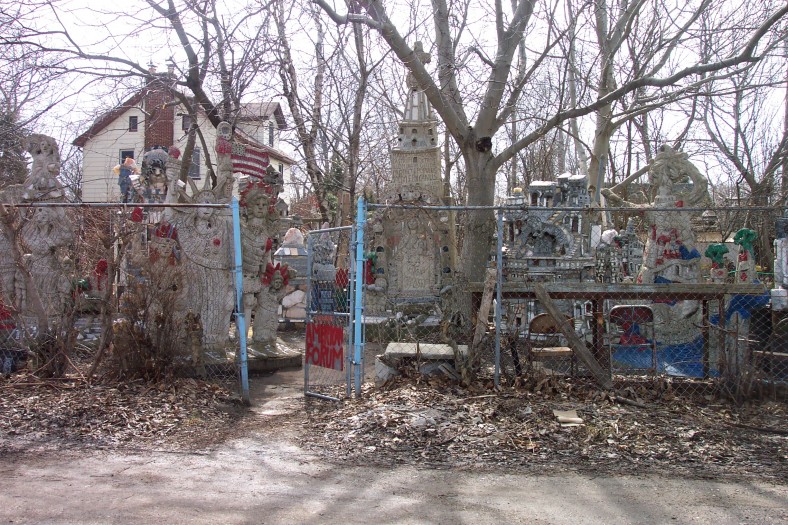
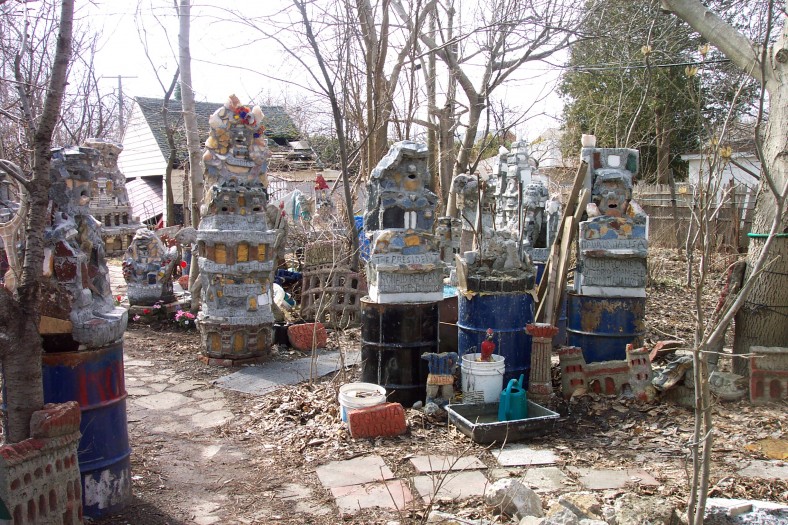


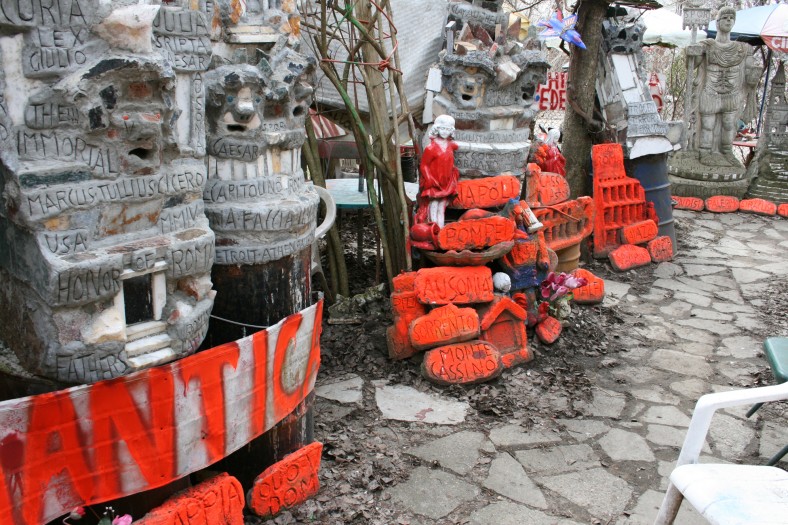





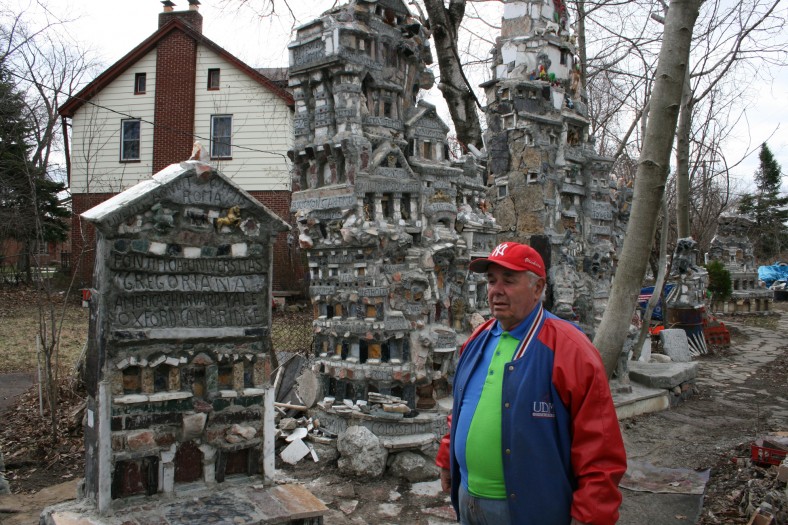



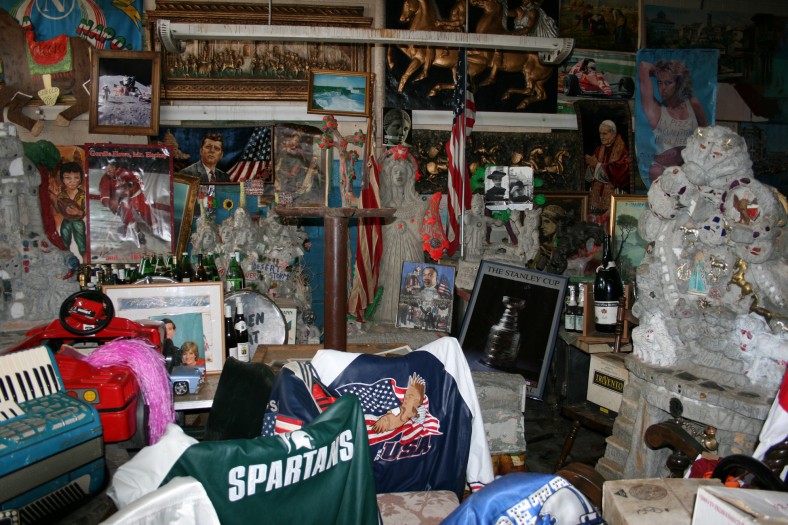


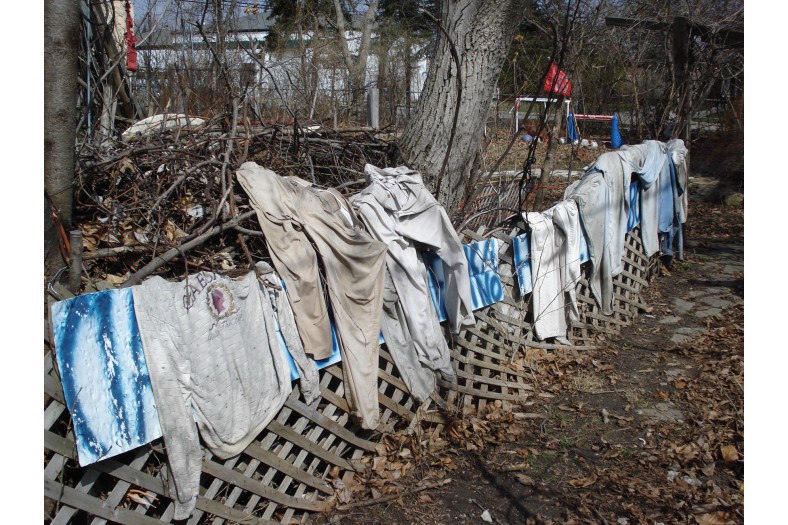



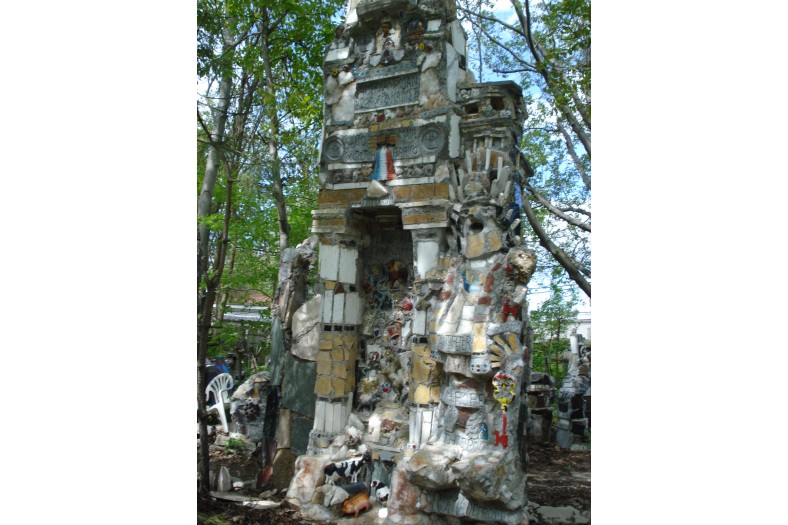



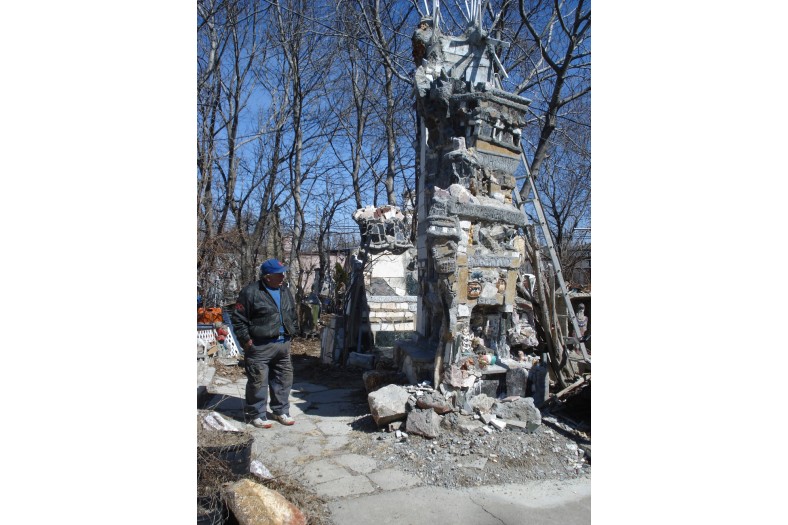


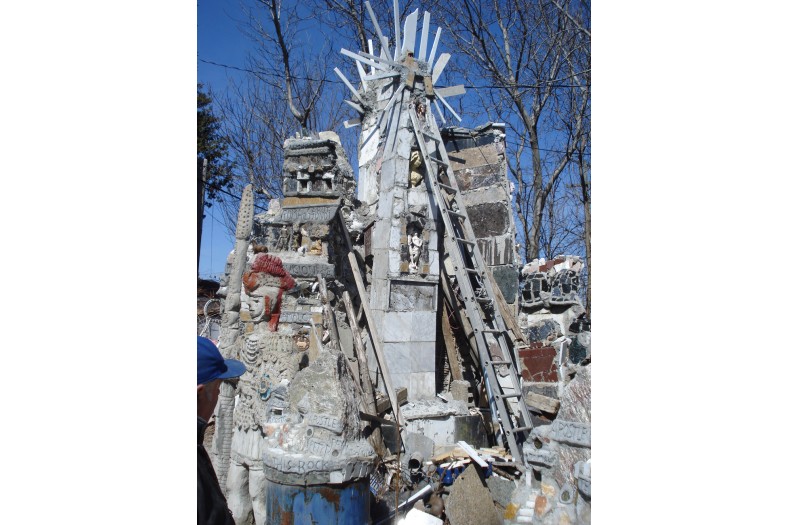





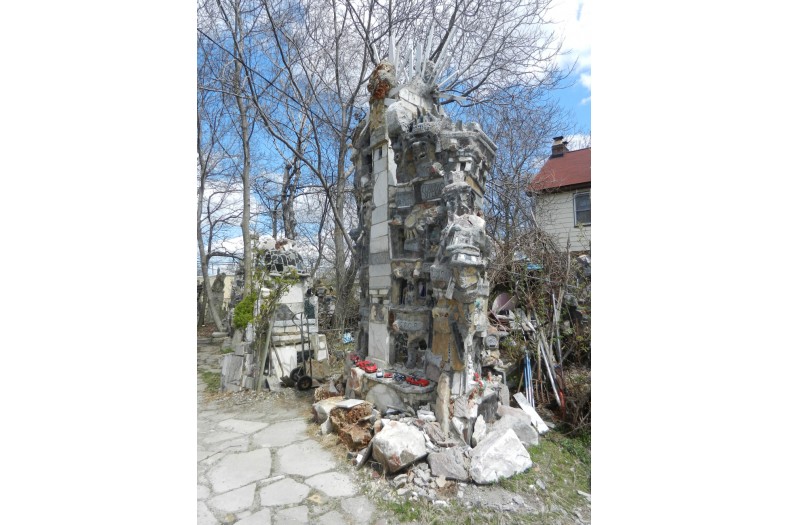

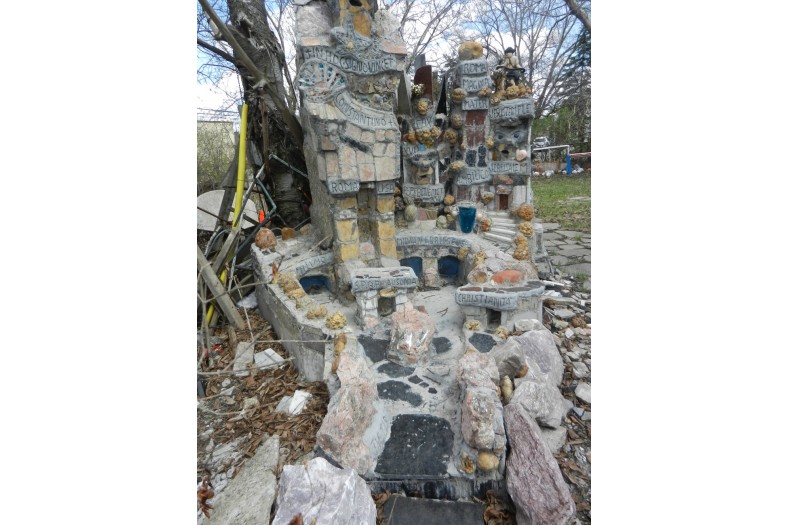
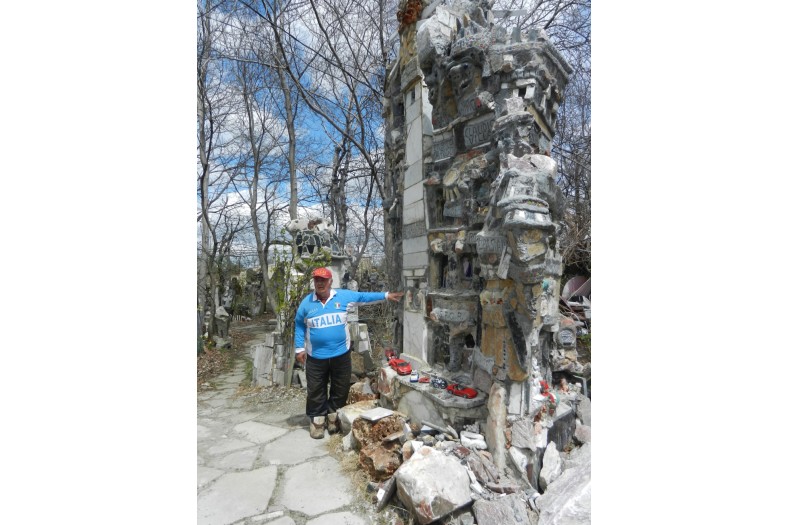

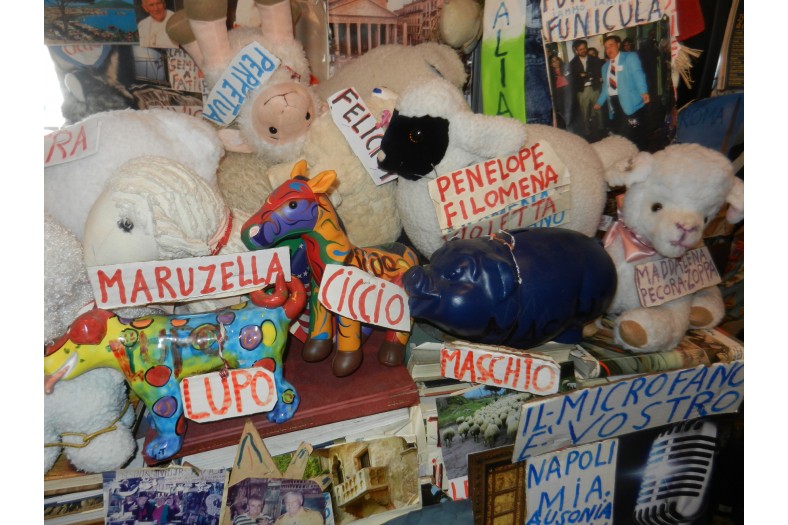

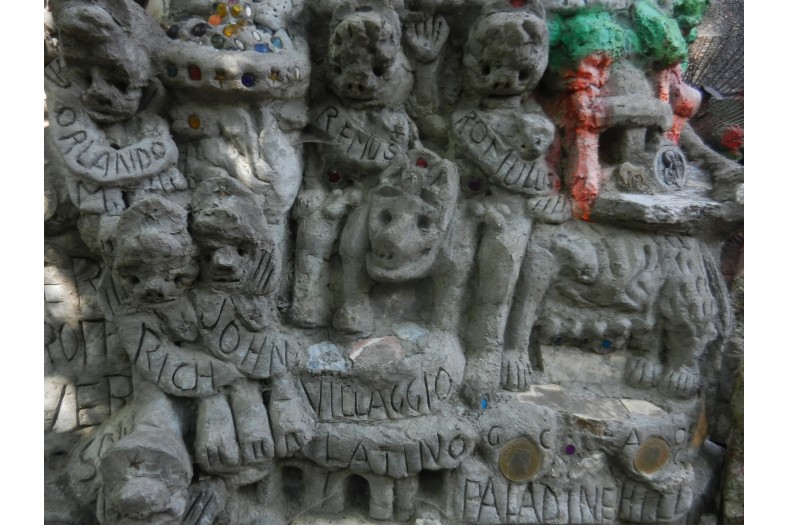
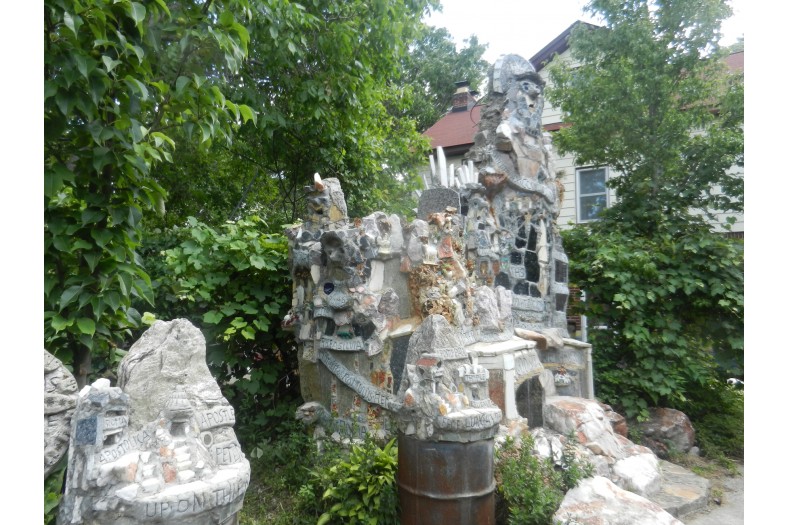


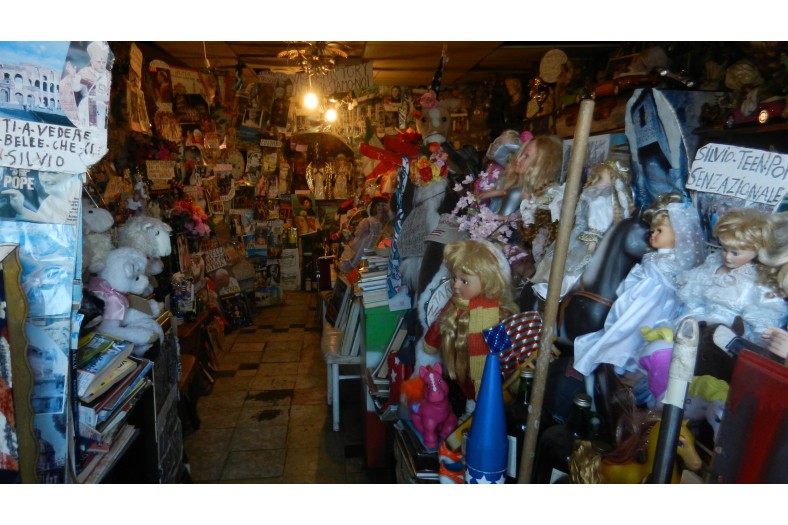

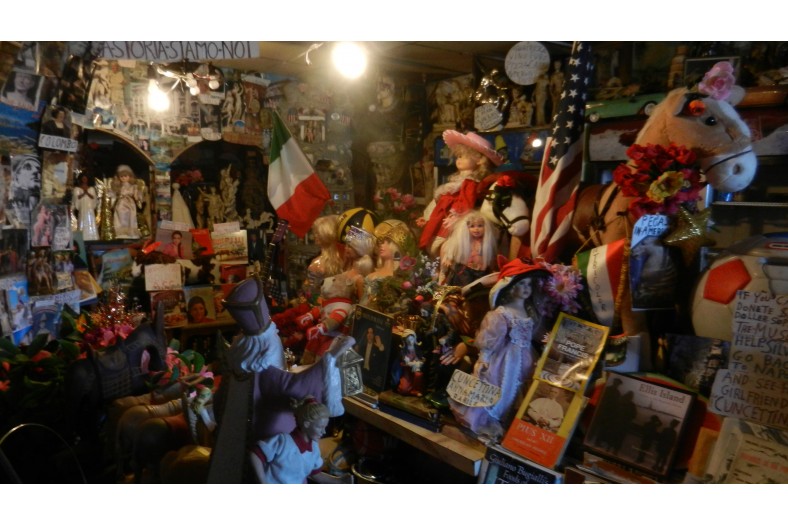





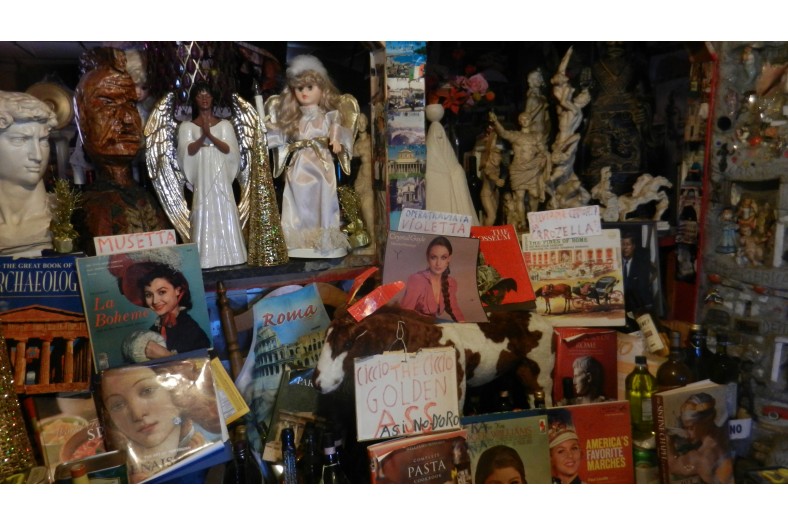
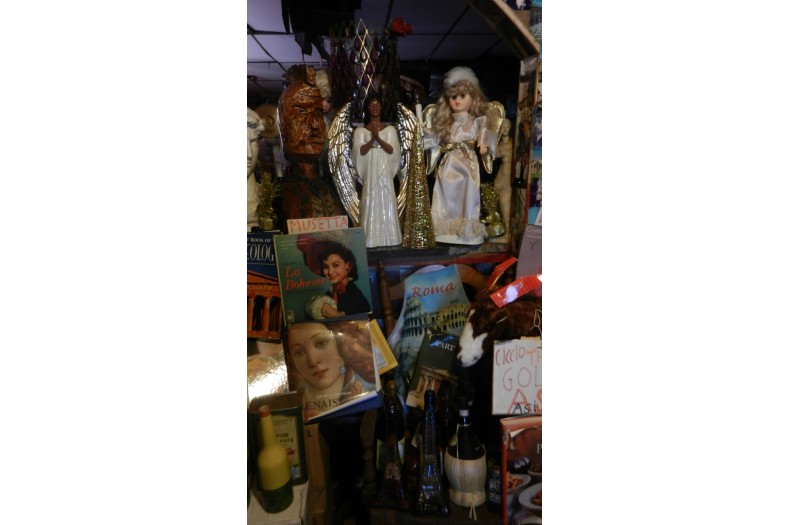


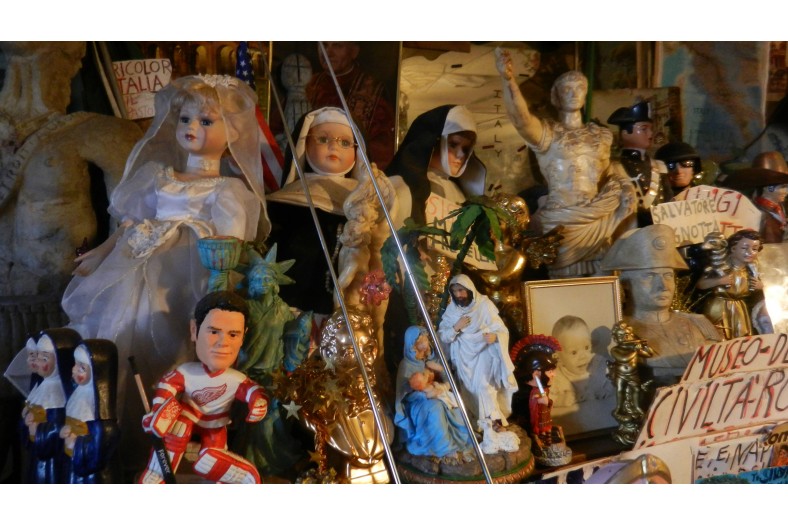



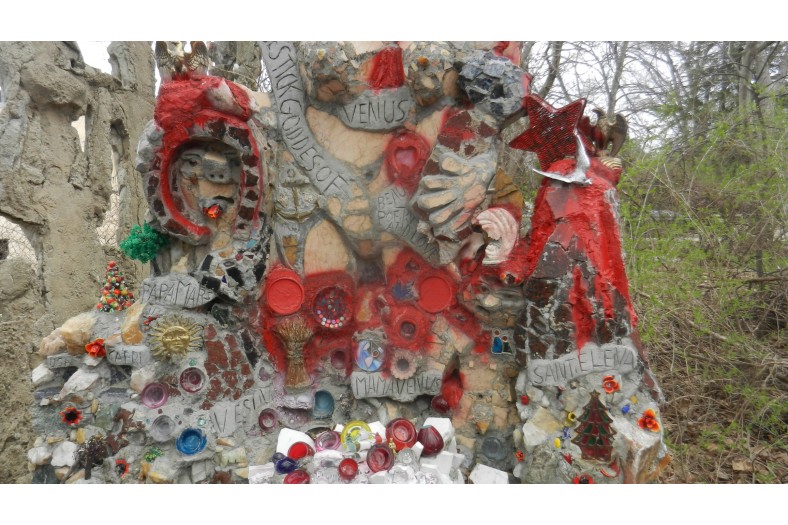
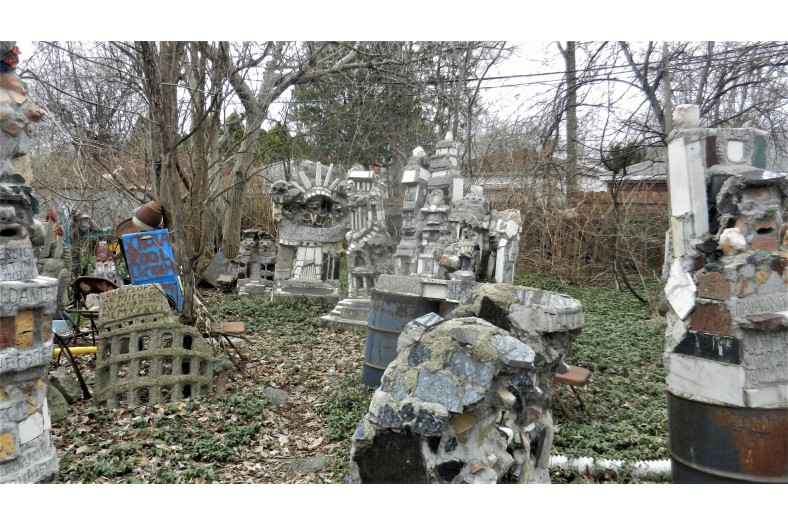
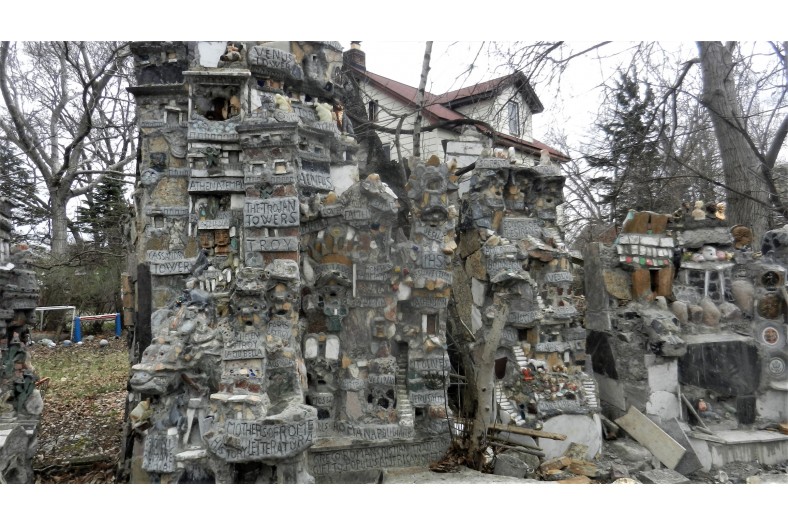
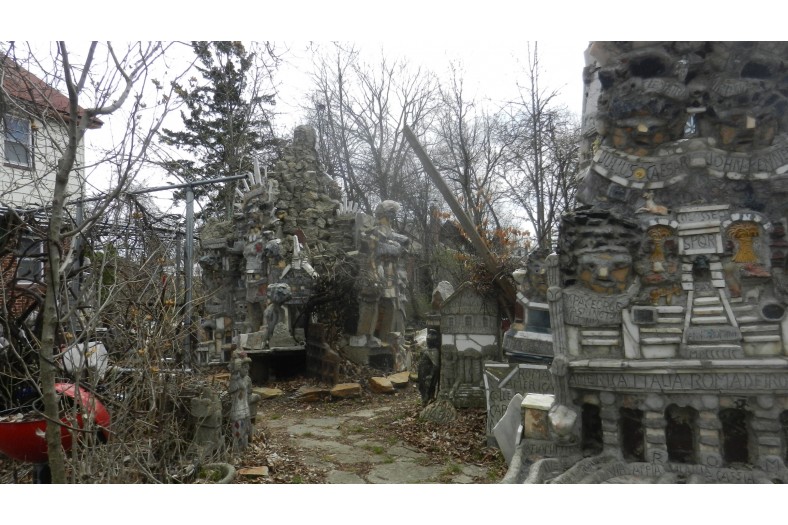



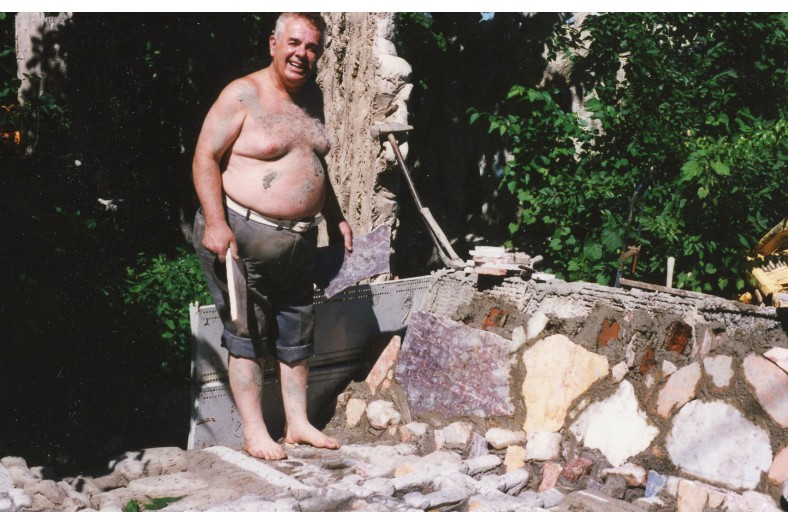
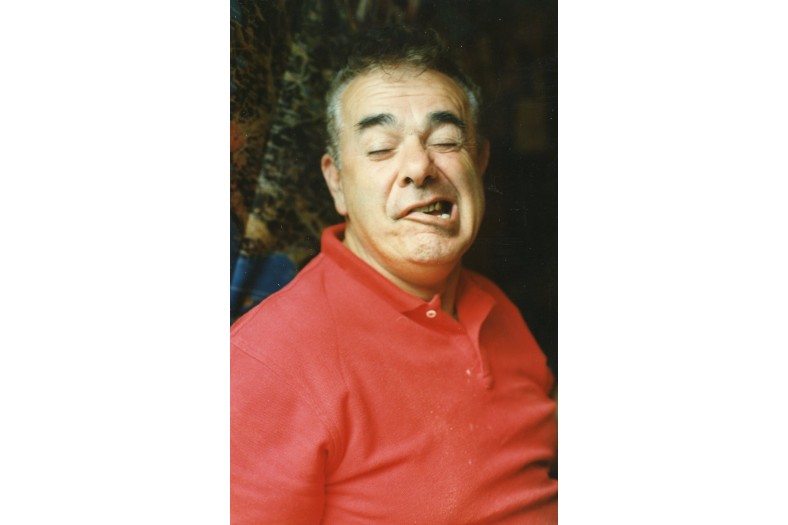
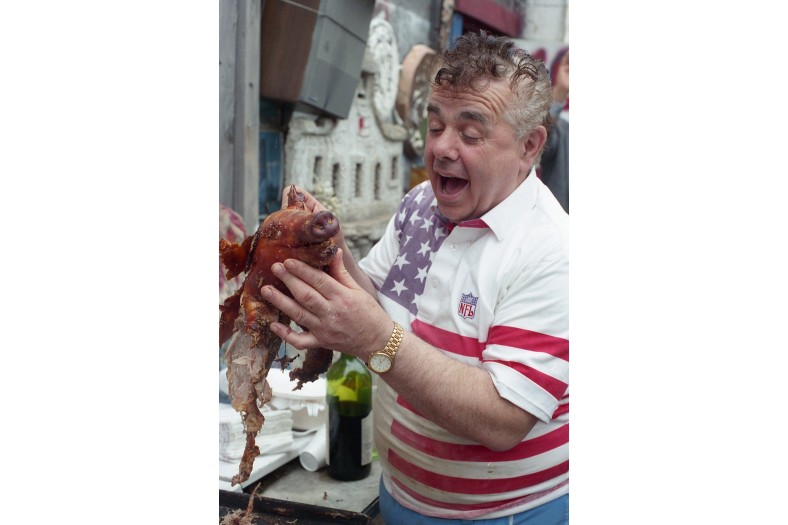




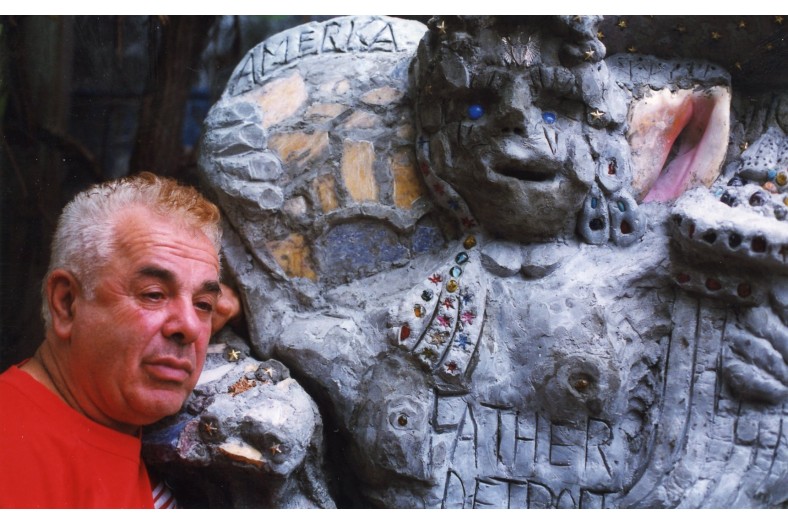
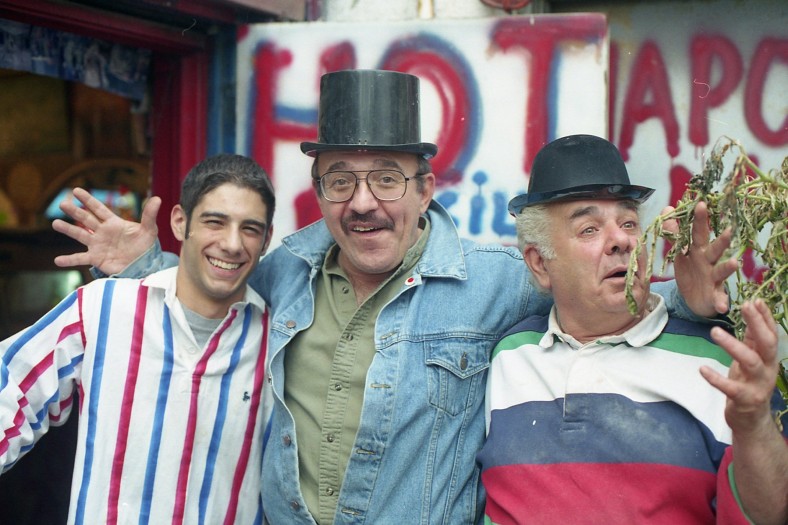



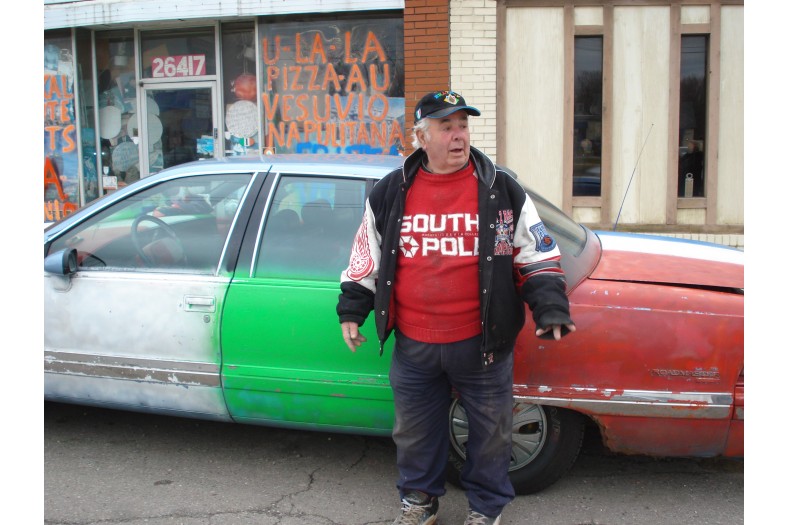
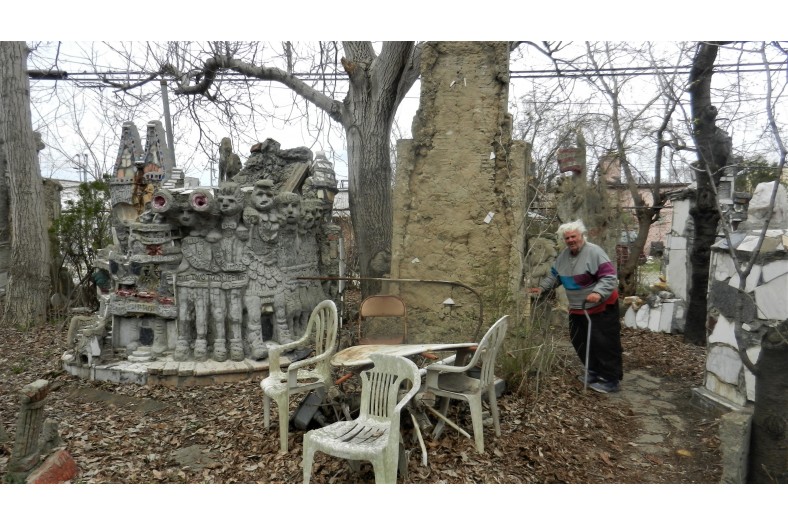

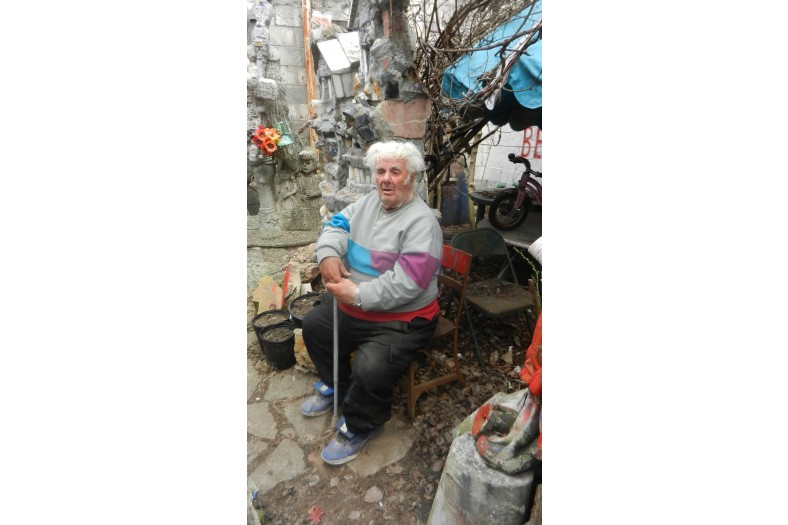

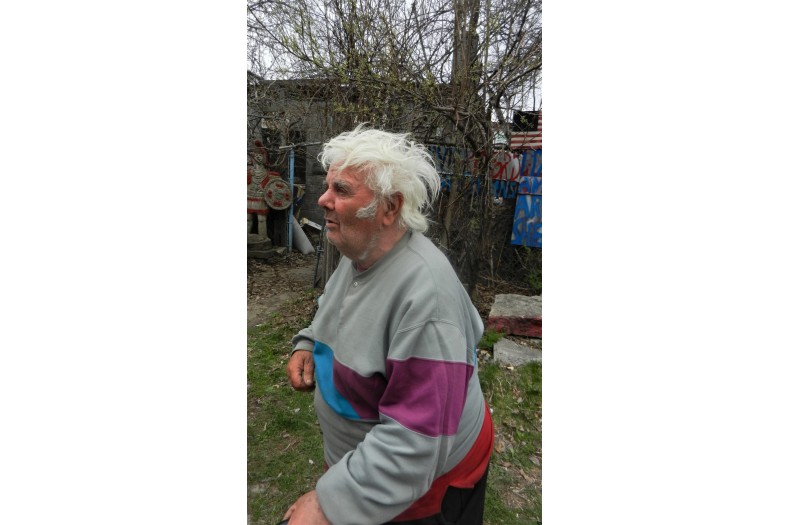


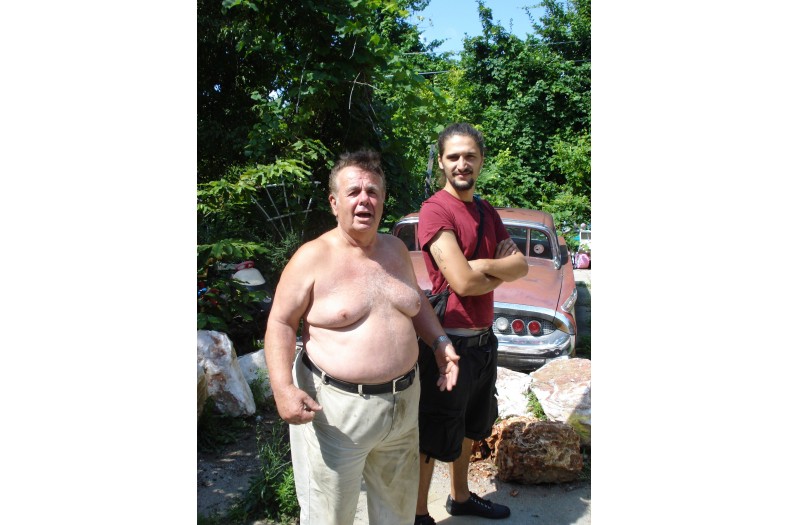



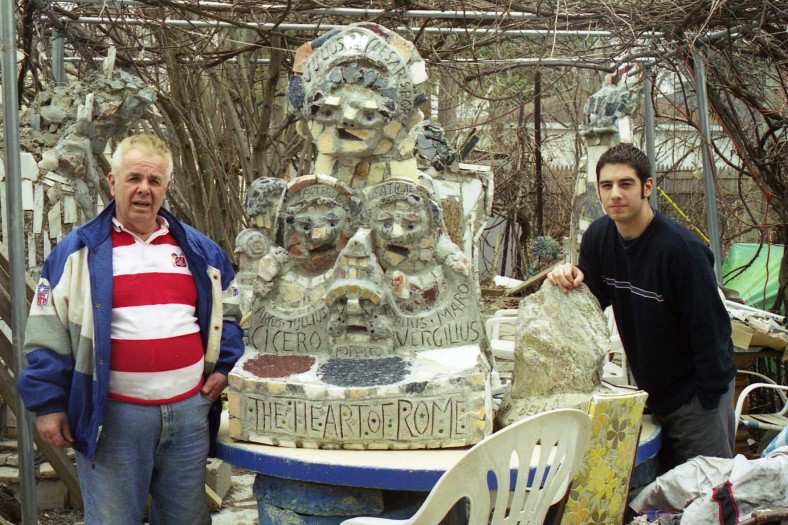




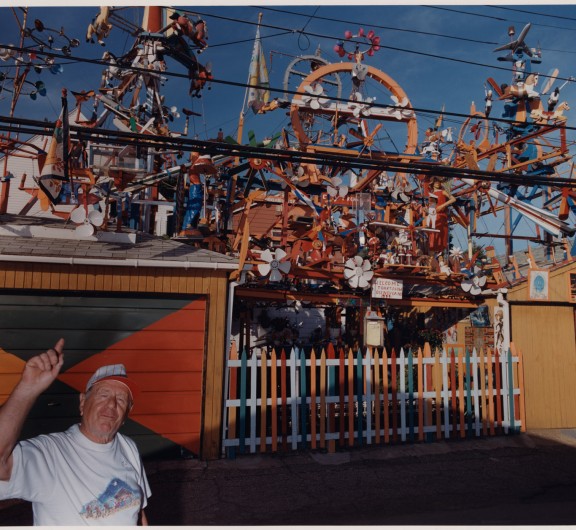
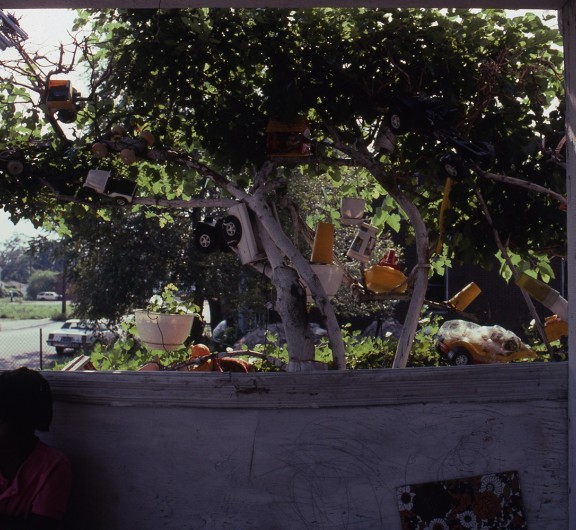


Post your comment
Comments
No one has commented on this page yet.